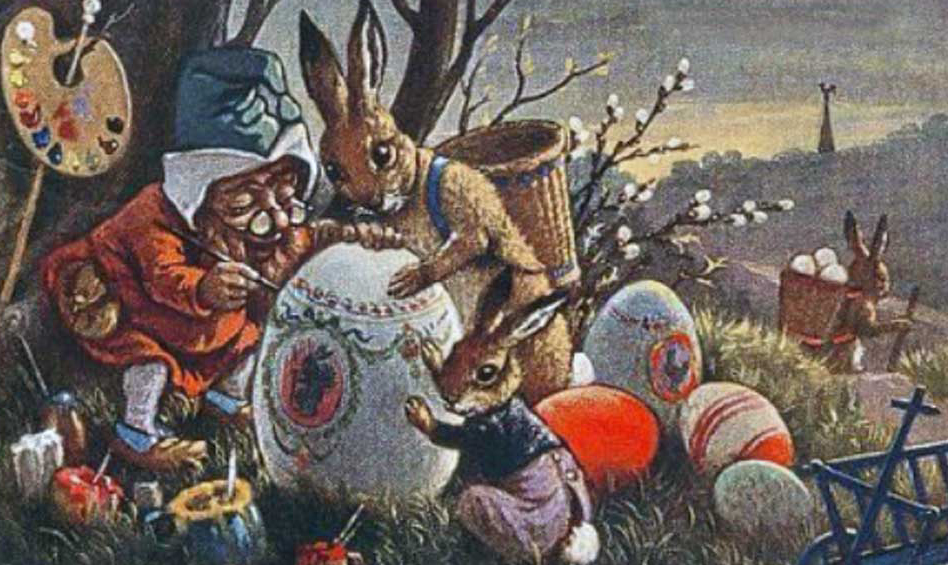Easter Symbols and their Origin

It’s one of the most cherished of Easter traditions, painting and the hiding of Easter Eggs. These “magical” eggs hidden of course by yet another prominent symbol of the season, the Easter Bunny. Though you won’t find them in the Bible these symbols have been celebrated for centuries. It is reported that the Easter bunny was introduced to America by the German immigrants who brought over their stories of a magical egg-laying Hare. Rabbits are the definition of fertility with their prolific procreation, hence the expression … “like rabbits” The German story foretold of a magic rabbit which visited homes laying eggs, and so began the children making and decorating coloured nests for the rabbit on its travels. They even left out a carrot for the bunny which we think is a wonderful tradition that should be continued! These nests eventually became the colourful Easter Baskets we see today. Over time simple white eggs were joined by other gifts and treats including the long adored, chocolate egg.
The eggs have a more religious reference but not those you might first expect. Eggs are an ancient symbol of new life long connected to the pagan festivals celebrating Spring. From a Christian perspective, Easter eggs are intended to represent Jesus’ emergence from the tomb(egg) and resurrection(life). The decoration of the eggs is an equally ancient rite which supposedly dates back to the 13th century. Because eggs were considered a forbidden food during Lent people would paint and decorate them to mark the end of this period of penance and fasting, then eat them on Easter as a celebration.
We look forward to sharing another Easter Season with all of you and your families! Don’t forget the Easter Egg Hunt on April 19th at 9 am.

